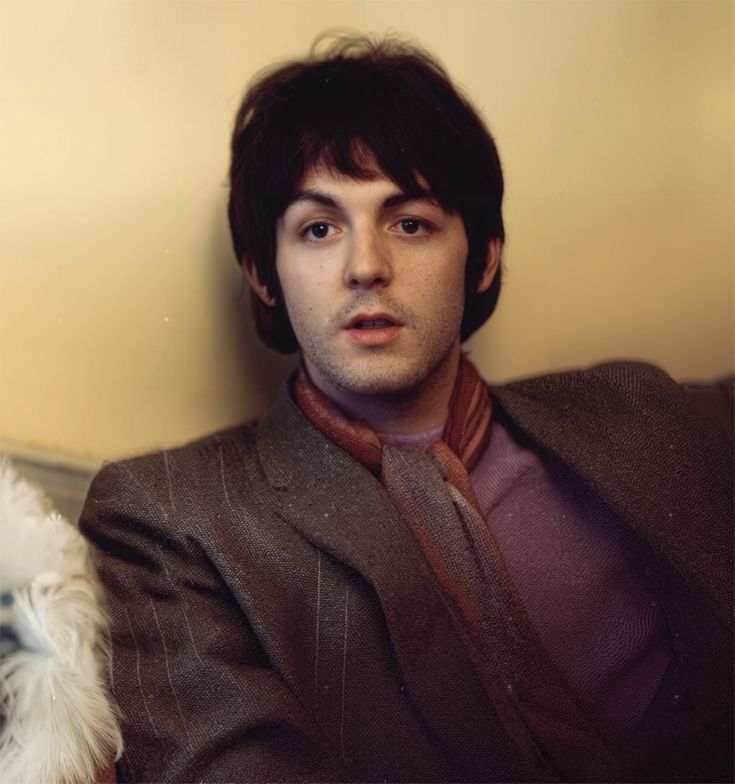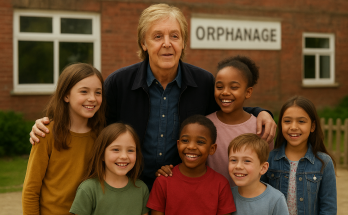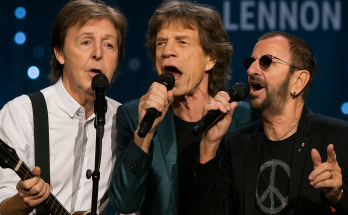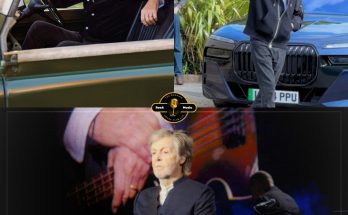In the late 1960s, at the height of Beatlemania, a strange and haunting rumor began to spread like wildfire: Paul McCartney was dead. Not just absent or ill—but dead. And according to believers, the man the world continued to see as Paul was actually a lookalike hired by the band and their management to preserve their fame and fortune.
This bizarre and fascinating theory would come to be known as the “Paul is dead” conspiracy, and it remains one of the most enduring pop culture myths of all time.
The “Car Crash” That Started It All
According to the theory, Paul McCartney allegedly died on November 9, 1966 in a fiery car crash. The band, fearing mass hysteria and the collapse of their empire, decided to replace him with a lookalike—a man named William Campbell or Billy Shears, depending on the version of the tale.
This supposed stand-in would go on to record albums, tour, and appear in public pretending to be Paul—fooling the entire world.
Clues Hidden in Plain Sight?
Fans obsessed over “clues” scattered throughout The Beatles’ music and album art. Some of the most famous examples include:
- Abbey Road album cover (1969): The band members walk across a zebra crossing, and Paul is barefoot—something associated with corpses in some cultures. He’s also out of step with the others, and holding a cigarette in his right hand, even though Paul is left-handed.
- Sgt. Pepper’s Lonely Hearts Club Band (1967): The album is said to be a funeral for Paul. A floral arrangement on the cover resembles a bass guitar and the word “PAUL?”
- “I Am the Walrus”: In the song, John Lennon sings “I am the walrus,” which fans interpreted to mean that the walrus—considered a symbol of death—was Paul.
- Reversed audio messages: If you played “Revolution 9” backward, some claimed you could hear “Turn me on, dead man.” Others said “Strawberry Fields Forever” had John mumbling “I buried Paul” at the end (though John later claimed he said “cranberry sauce”).
Mass Hysteria or Genius Marketing?
Whether a case of overactive imagination or something deliberately encouraged by the band for publicity, the theory took hold. Radio stations debated it, college students researched it, and newspapers ran front-page stories.
In 1969, the rumor became so intense that Life magazine tracked down Paul McCartney at his farm in Scotland. A photo of him with Linda and their children was published along with an interview where he denied the rumor, saying:
“The whole thing was just a load of rubbish.”
The Final Word
Despite Paul’s many appearances, concerts, and interviews since 1966, some die-hard fans still insist he was replaced. But for most, the theory is simply a testament to the Beatles’ massive cultural impact and the wild creativity they inspired.
The “Paul is dead” conspiracy may not be real—but it reflects just how deeply fans connected with The Beatles, and how powerful myth-making can become when music, mystery, and obsession collide.



